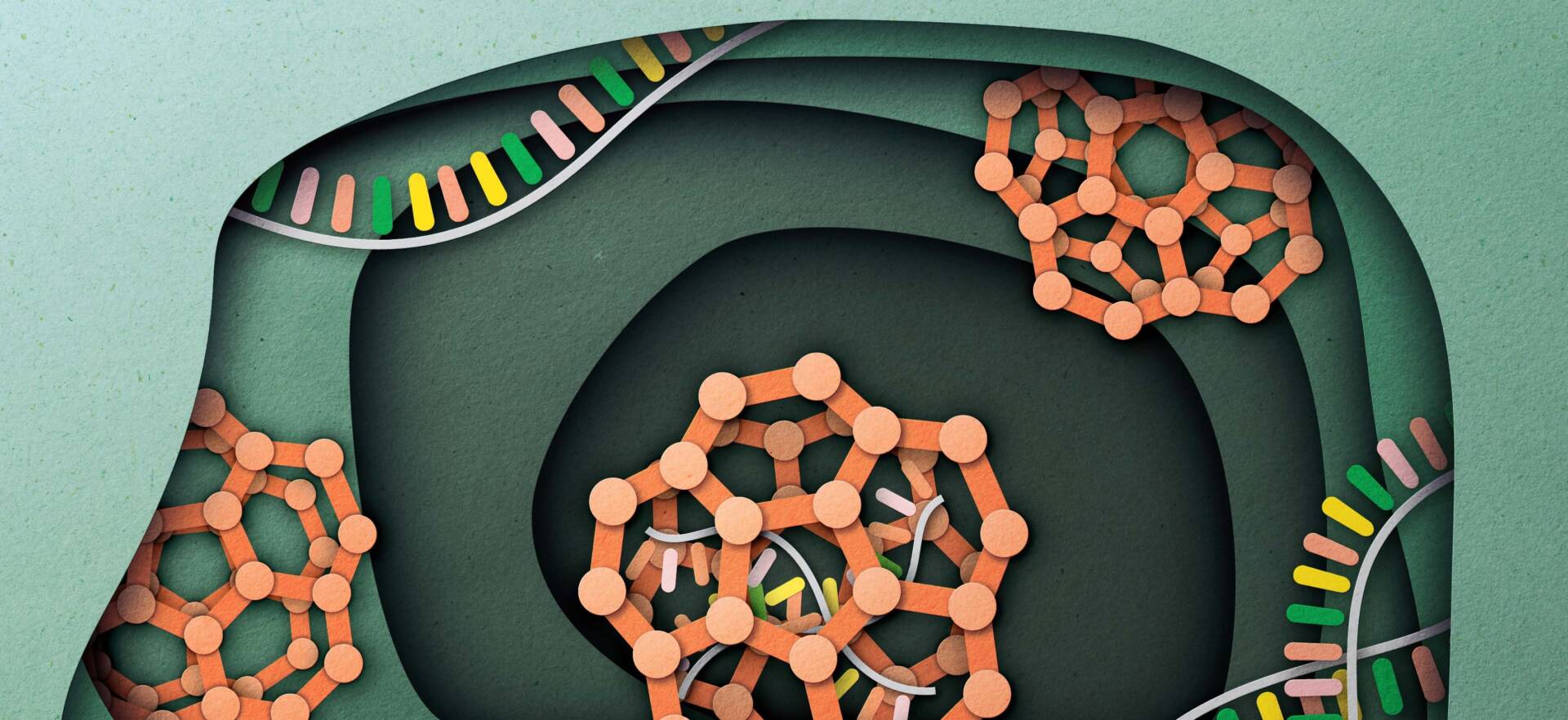What is a metal-organic framework and why should the general public want to know? Even the best science communicators can struggle to simplify complex scientific concepts like this, especially concepts that people don’t necessarily interact with very often.
That is precisely what Weronika Bednarska does in her role as communications coordinator for KAUST’s designated center for research on membranes and porous materials. When Niveen Khashab’s lab published a study titled “DNA-mimicking metal-organic frameworks with accessible adenine faces for complementary base pairing,” Bednarska knew she needed an innovative approach to explain this significant achievement to a broader audience.
“Bednarska knew she needed an innovative approach to explain this significant achievement to a broader audience.”
She had an idea. Bednarska follows Polish biologist and science communicator Kasia Gandor on YouTube. “She uses different methods to explain complex concepts, including stop motion animation using cutouts from paper and simple drawings,” explains Bednarska. “So, when I saw the study with DNA in its title, I made an immediate connection.”
Stop motion is an animation technique that involves physically manipulating objects in small increments in individual video frames.
With support from Khashab, Bednarska worked with KAUST Ph.D. student Walaa Baslyman, who was involved in the study, to put together a script. “Walaa did a great job of breaking down the science into more simple concepts,” says Bednarska. “This is a crucial step for me before starting any work: I need to understand the research I want to communicate.”
She then went about making a video. “I had no clue how to do stop motion, but with help from Google, I tried. It was a bit frustrating, but I am happy with the results.”
Baslyman then found herself responsible for narrating the video. “It was nice to do something different and still within the realm of my research,” she says.
“It was nice to do something different and still within the realm of my research,”
The short two-minute production uses colorful cutouts to explain the biologically inspired porous materials developed in Khashab’s group to safely deliver single-stranded DNA into cell nuclei. These metal-organic frameworks are very promising for targeted gene delivery.
The video received more than 4,000 impressions during the first month following its launch on social media and generated lots of positive feedback.
Baslyman has often struggled to explain her research to her computer engineer sister and 16-year-old cousin, she says. “I probably get into too much chemistry, so I always lose them. But with this video, they both understood it very well. And now my cousin is even becoming interested in chemistry and material design.”
Khashab encourages other labs to follow in her team’s footsteps. “It is important that we make science accessible to everyone all the time, especially younger generations who might be intrigued by these scientific concepts.”

